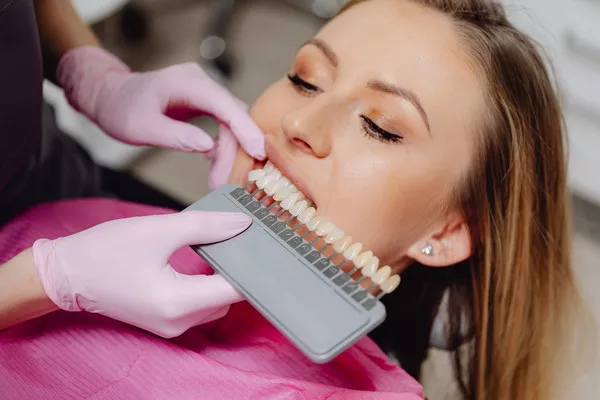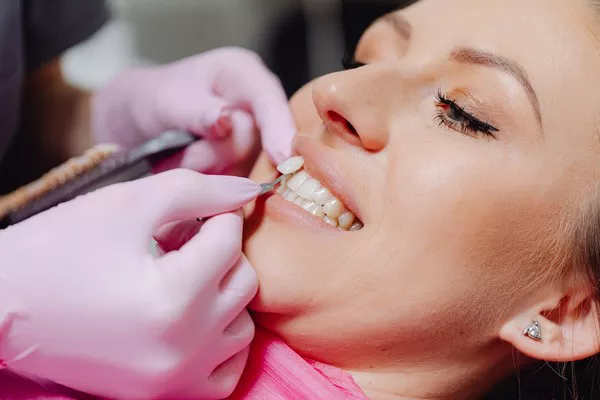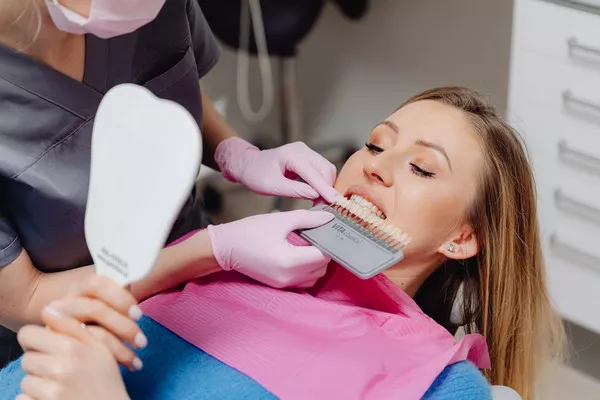The high costs of orthodontic treatment like braces or Invisalign can put a strain on household budgets. Families and individuals seeking tax relief to recoup some of these costs often wonder what orthodontic expenses can potentially be deducted on federal or state tax returns. Unfortunately, under most circumstances, orthodontia and other dental treatments do not qualify as deductible medical expenses for tax purposes. However, there are a few exceptions and nuanced considerations for certain taxpayers’ situations.
Standard Orthodontic Expenses Are Not Tax Deductible
The first key point for most filers – standard orthodontic costs for cosmetic dentistry procedures like braces are not considered deductible medical expenses by the IRS at tax time. Both federal tax code and IRS guidance classify costs like initial exams, tooth x-rays, monthly adjustment visits, teeth cleaning and whitening, retainers, and general braces maintenance as nondeductible personal expenses.
The primary reasoning centers on orthodontic treatment serving to improve appearance and self-esteem rather than diagnosing, treating, or preventing specific dental diseases or conditions. Under federal tax law, only expenses incurred primarily for the prevention or alleviation of a physical or mental defect or illness are potentially eligible as medical expense deductions. Cosmetic orthodontic work mainly to improve appearance or self-confidence does not qualify.
Exceptions for Correcting Congenital Defects
However, in special cases where orthodontic treatment mitigates a congenital abnormality, facial deformity, or major disfiguration, related costs may meet the IRS criteria for deductible medical care. For example, severe overbites, misaligned jaws, or cleft palates can constitute defects present from birth. In these situations, orthodontic treatment like braces or surgery to realign the teeth or jaw may be partly deductible as a medical expense aimed at correcting a congenital bodily defect and improving related physical functions like eating, speaking, and breathing.
To potentially deduct these costs, a licensed medical professional must recommend the specific treatment to improve a diagnosed congenital defect or disfigurement that significantly impacts normal functioning. Cosmetic benefit alone does not make these expenses deductible. Proper documentation from physicians is critical to demonstrate medical necessity in cases of congenital abnormalities or deformities.
Limited Deductions If Treatment Mitigates Disease
In certain circumstances, orthodontic treatment could have the effect of treating or preventing debilitating dental diseases like advanced periodontitis. Related costs may then potentially qualify for limited medical expense deductions. However, deducting any portion of orthodontic expenses for disease prevention is very restricted under tax code. It applies only when treatment goes above and beyond standard cosmetic orthodontic care to specifically target and mitigate advanced gum or dental disease shown through recent diagnosis.
For example, in cases of severe periodontal infections not treatable by other means, orthodontic tooth extractions or repositioning may help prevent further gum deterioration and permanent tooth loss. If disease treatment is the primary purpose (not just a side benefit), related orthodontic costs could qualify as deductible medical expenses. A licensed dentist must recommend the specific treatment to prevent rapid disease progression. As always, taxpayers should maintain thorough medical documentation in case the deductions are questioned later.
FSAs, HSAs, and Other Alternatives
If standard orthodontic costs do not qualify for direct deduction, filers can explore paying for treatment using pre-tax dollars in a Flexible Spending Account (FSA) or Health Savings Account (HSA). Contributing funds pre-tax to these accounts generates some savings compared to paying out of pocket. Orthodontic treatment, while not deductible, can be paid for using money set aside in an FSA or HSA.
Additionally, some dental insurance plans offer secondary orthodontic riders to help cover braces or Invisalign costs beyond standard coverage. Paying premiums for these supplemental dental policies that specifically assist with orthodontic expenses could enable indirect savings on treatment.
In summary
outside of limited scenarios involving congenital abnormalities or advanced disease, most taxpayers cannot directly deduct standard orthodontic expenses like braces or clear aligners on their federal returns. But alternatives like pre-tax medical accounts can provide slight cost offsets. As always, be sure to consult a qualified tax professional about the specifics of your family’s situation.
Related Topics:































